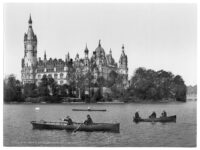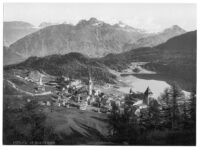Vintage: The Channel Islands in the Victorian Era
Guernsey, one of the larger islands, was a hub of maritime trade and fishing during the Victorian period. St. Peter’s Port, the capital, was a lively harbor town where ships arrived with goods from Britain and beyond. The view from Castle Cornet, which had stood guard over the bay for centuries, was a symbol of the island’s resilience and strategic…

























